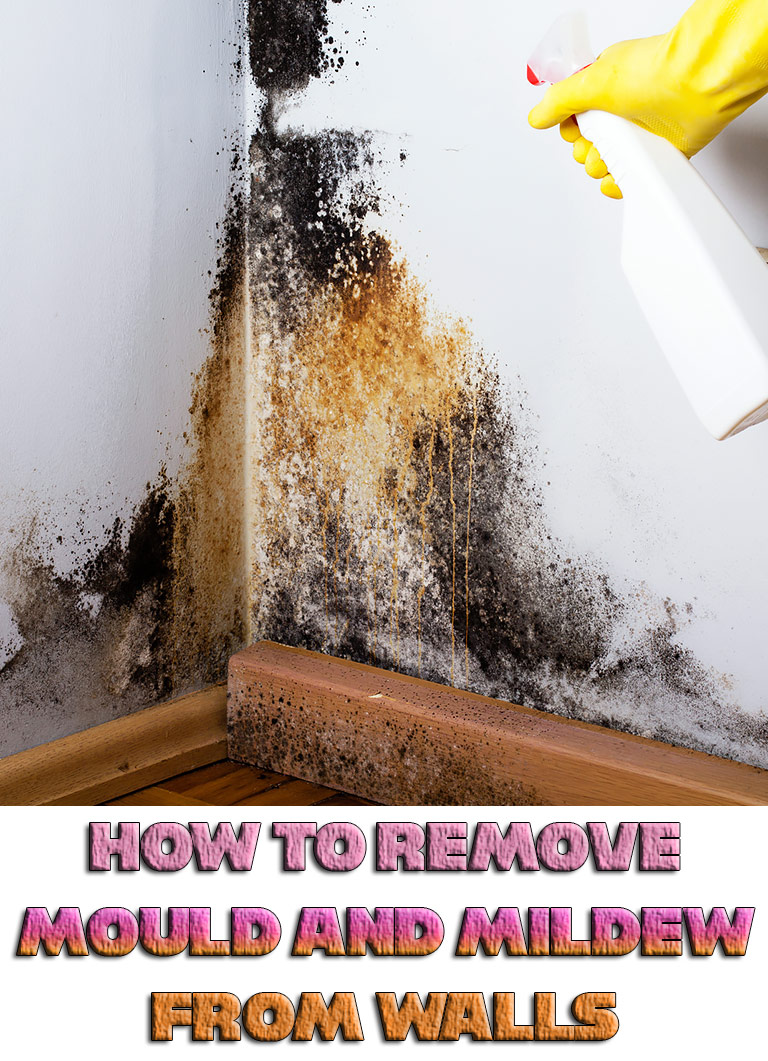
Are you looking for tips on how to get rid of mould and mildew on your walls? Read on for handy hints on how to clean mould – and keep it from coming back!
Mould and mildew are the bane of most households, but luckily, it’s possible to use everyday cleaning products to banish and prevent mould from creeping back in again. Mildew, whether on walls or other surfaces, like floors or carpets, is not great news for your health, so it’s also really important to tackle the root cause. Read on for a quick, 3-step guide on how to get rid of mould on walls in your home.
What are Mould and Mildew and Why Do They Occur on Walls?
- Mould is a kind of fungus that develops from airborne spores. It usually grows in damp, warm conditions without much airflow, which is why household bathrooms and loft spaces often suffer from mould. It is often simply caused by humid conditions and lack of ventilation, but sometimes mould on walls can be due to plumbing leaks, both inside and outside the property. Badly insulated heating pipes can also cause a build-up of moisture behind the walls.
- Mildew is the name for the most common type of black mould on walls,characterised by spots that can then spread over larger areas if left untreated. To find out if you have mildew on your walls, apply some bleach onto the affected area with a cloth. If the dark colour fades after a few minutes, it’s mildew. If not, the patch is probably just dirt.
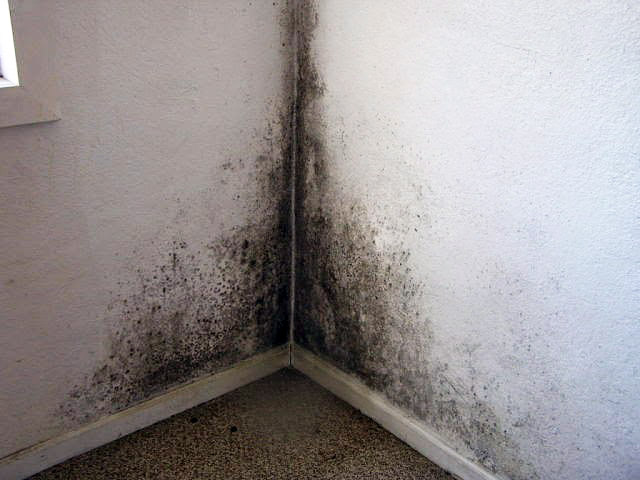
How to Clean Mould on Walls in Three Steps
A word of caution: mould can cause allergic reactions and poor health, so if you have an extensive problem with mould on walls, it may be best to seek expert help. If tackling a smaller area, make sure you wear protective eyewear, gloves, and a face-mask, as contact with the spores can be harmful. Open windows or use a fan in the room while working.
- Make a solution of chlorine bleach and water – usually 1 part bleach to 3 parts water – or get hold of a household detergent like Domestos bleach spray with bleach as an active ingredient.
- Using a stiff-bristled brush, scrub the blackened area.
- Rinse thoroughly and dry.
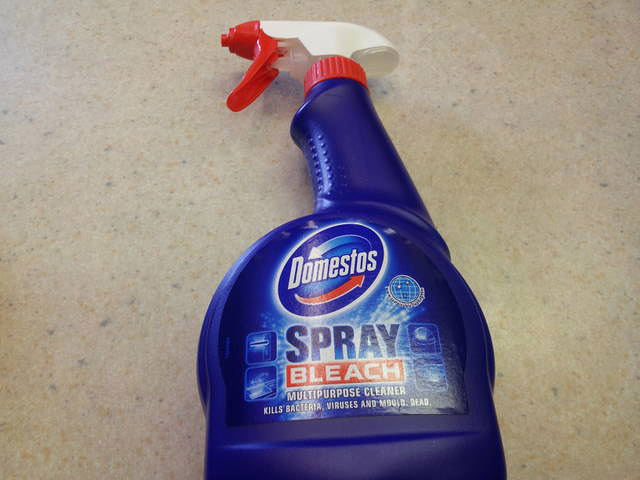
If this doesn’t work, there are products specifically formulated for mould and mildew on walls that may be stronger, but remember never to mix cleaning solutions together as this can cause dangerous chemical reactions.
How to Prevent Mould and Mildew: Our Top 6 Tips
Once you’ve dealt with a mildew infestation on your walls, the next step is to try to stop it recurring. Here are your options:
- Buy a specialised product. An anti-microbial spray, for example, can help prevent the spores from settling again. Anti-mildew paint can also be purchased from most DIY stores.
- Consider installing an electric de-humidifier in badly affected areas.This is ideal for long-term mould prevention.
- Look into upgrading your home insulation. Sometimes, but not always, bad insulation is the root of the problem. Walls and ceilings that are properly insulated will be less affected by condensation, and therefore mould.
The best tips on how to get rid of mould involve cutting out the damp conditions it loves so much:
- Keep bathrooms, kitchens, and other humid spaces well-ventilated and as dry as possible
- Spread out shower curtains and towels to dry.
- Tackle leaks as soon as they’re discovered to prevent moisture seeping into cavities and under floors.
Don’t panic if the mould and mildew on walls returns: this is a common occurrence, and you’re now well armed with advice on how to deal with it.
Safety Warning!
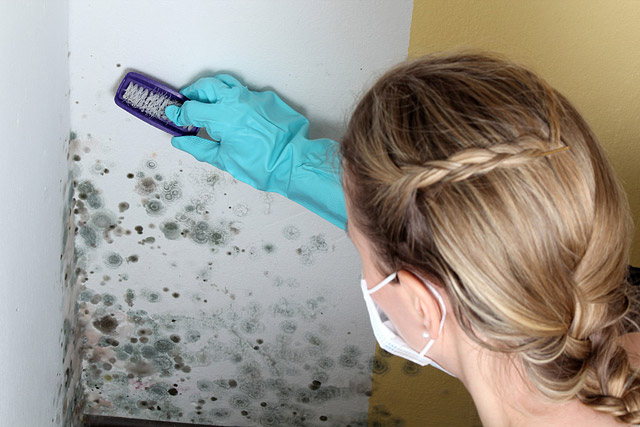
Use biocides safely. Always read the label and product information before use. Take care to protect yourself by wearing eye protection, gloves, and a facemask, if necessary, and test the product in a small area first before continuing.

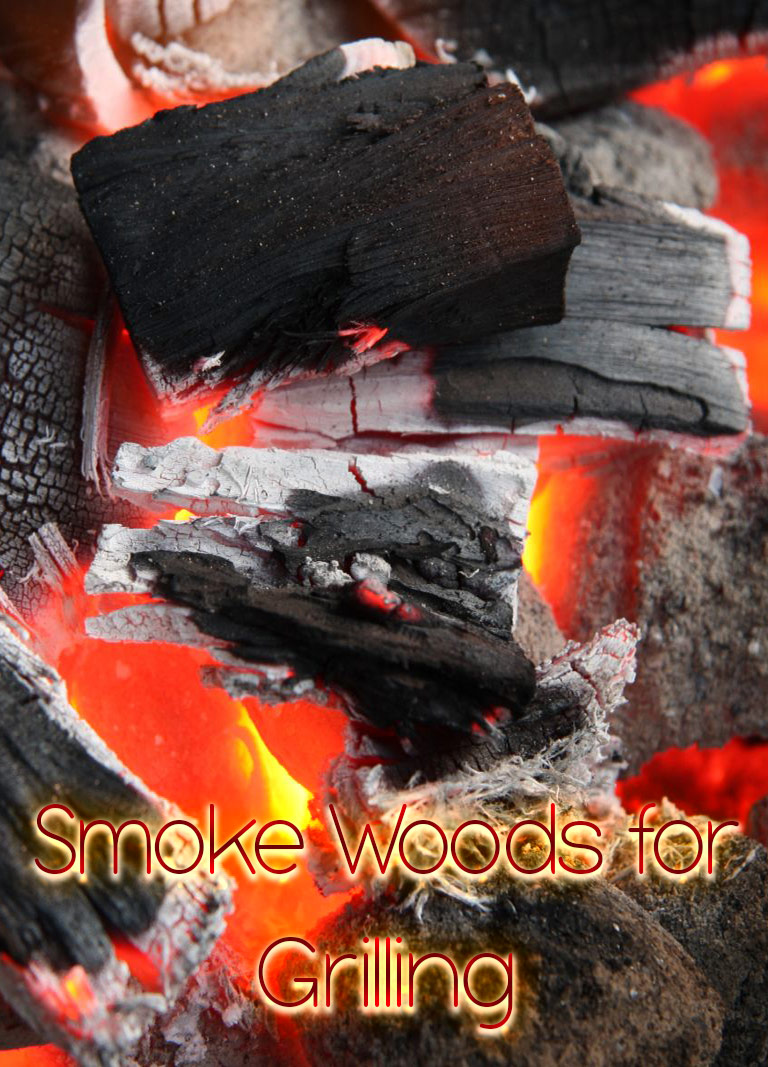
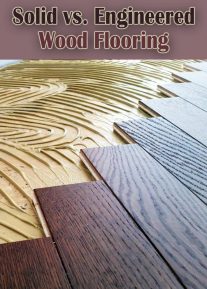
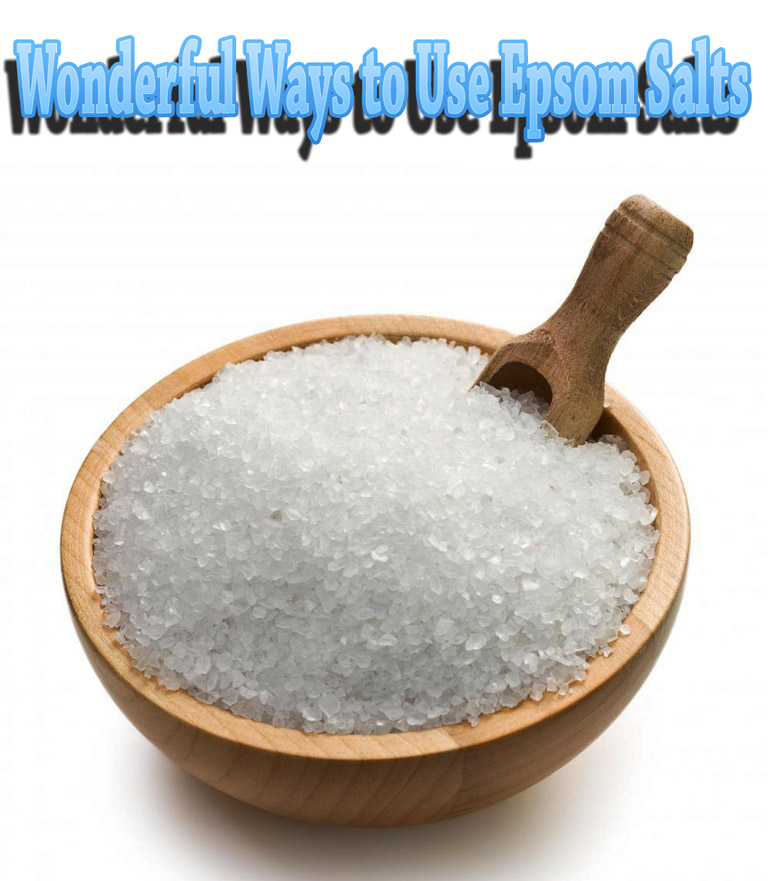
Leave a Reply